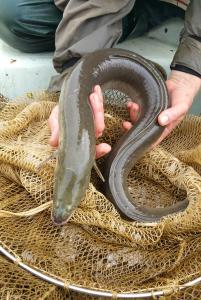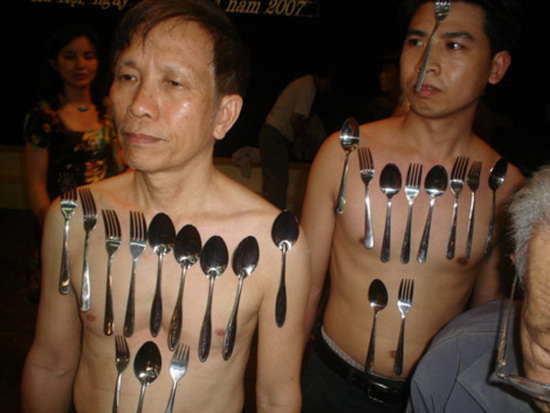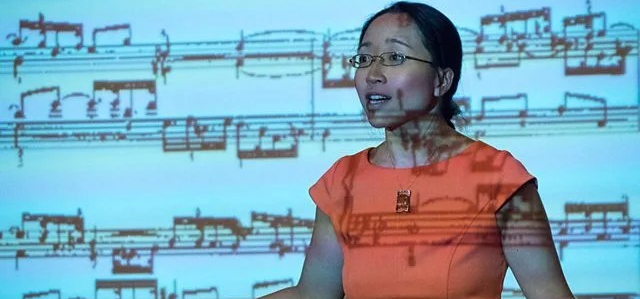On Wednesday 17th April, PubSci is delighted to welcome evolutionary psychologist Dr. Alastair Davies to explore the nature-nurture debate in the light of modern understanding.

Are we born as blank slates, or is nurture balanced with nature?
Apologies for the lateness of this blog post. I’m in Mexico for the solar total eclipse, where connectivity has been difficult. Harder still has been proving that I’m not a robot… to AI systems which can’t accept that I’d be spending my money or logging into my accounts from a different country, even via VPN.
One of the things that makes us most human is our unique personalities, which develop from the moment we’re born – but are we born as completely blank slates upon which literally anything could be written by nurture and environment, or does nature imprint something unique on us from before we even emerge from the womb? And if it’s a mixture, how is that achieved?
That’s what April’s PubSci is all about.
Steven Pinker called it “the modern denial of human nature” yet in the long-standing debate over the influence of inheritance versus environment on human personalities, the “blank slate” theory was hugely influential for decades. So, are we born as raw canvases upon which the world uniquely traces its mark, or does nature impart innate qualities from the get-go?
Evolutionary psychologist Dr. Alastair Davies believes it’s time to re-assess this popular theory and consider where it leads us and what risks might emerge if we get it wrong.
PubSci is delighted to welcome Alastair to talk us through the background of, and potential problems with the blank slate theory, and explore how we might better understand how we – and those around us – came to be who we are.
Book now for an evening of profound insights. Places are limited and we’re already 60% full.
• • •
Wherever you stand in the nature-nurture debate, this talk is sure to challenge and inspire you. Join Alastair for What’s Wrong with Blank Slate View? on Wednesday 17th April . [Continues below]
 PubSci takes place upstairs at the Old King’s Head near London Bridge tube. Doors open 6.30pm for a 7pm start. Talks run for ~45 minutes and are followed by a Q&A session. The Old King’s Head has a happy hour before 7pm and the kitchen serves excellent pub grub.
PubSci takes place upstairs at the Old King’s Head near London Bridge tube. Doors open 6.30pm for a 7pm start. Talks run for ~45 minutes and are followed by a Q&A session. The Old King’s Head has a happy hour before 7pm and the kitchen serves excellent pub grub.
We use Eventbrite to manage numbers – reserve your place now! PubSci is free to attend but please consider making a donation with your reservation to help us cover our costs.
• • •
About the speaker
Alastair Davies is Senior Lecturer in Psychology at Regents University, London, specialising in evolutionary psychology, and human mating, infidelity and sex differences.
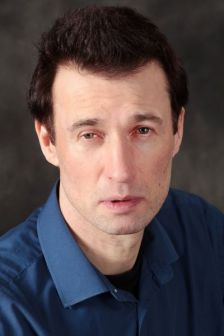 He received his PhD in psychology from Florida Atlantic University and has a degree in Applied Science from Wolverhampton University,
He received his PhD in psychology from Florida Atlantic University and has a degree in Applied Science from Wolverhampton University,
Alastair sits on the board of peer-review journal Evolutionary Psychology and is an editor of the Encyclopaedia of Evolutionary Psychological Science. He has published over a dozen papers including such titles as “Don’t you wish your partner was hot like me?:” The effectiveness of mate poaching across relationship types.
PubSci is delighted to welcome Alastair as our speaker for April. Subscribe to our calendar to be the first to know what’s happening each month.
___
There is no charge for attending PubSci talks, but we have a traditional whip-round to cover expenses – consider it a “Pay What You Can” event. Very few of us carry cash these days, so you can contribute digitally through our TipJar or make a donation when registering for ticketed events with Eventbrite. Please help PubSci continue putting on events. PubSci has no other source of funding.
We aim to keep PubSci accessible for all, although it is unsuitable for under 18s as we meet in the function room of a pub. Regrettably, there is no wheelchair access.
Check out the Future Events page where you can also subscribe to our Google Calendar so PubSci events automatically appear in your own Calendar. You can find all our links on our LinkTree.
• • •
We used to meet on the first Wednesday of the month but PubSci is now on the third Wednesday. Join us upstairs at the Old King’s Head near London Bridge Underground (Borough High Street east side exit) every month apart from December for a regular dose of Sipping, Supping & Science.

Address:
The Old King’s Head (upstairs room)
King’s Head Yard
45-49 Borough High Street
London SE1 1NA



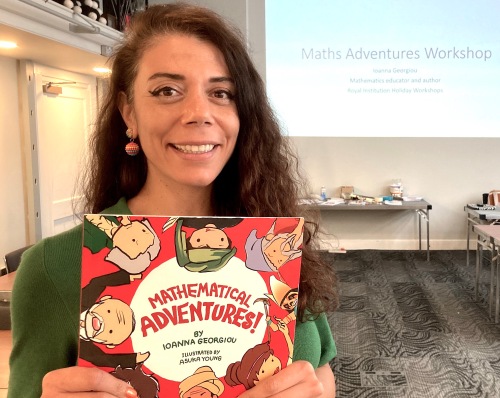





 Welcome to PubSci’s year-end blog post.
Welcome to PubSci’s year-end blog post.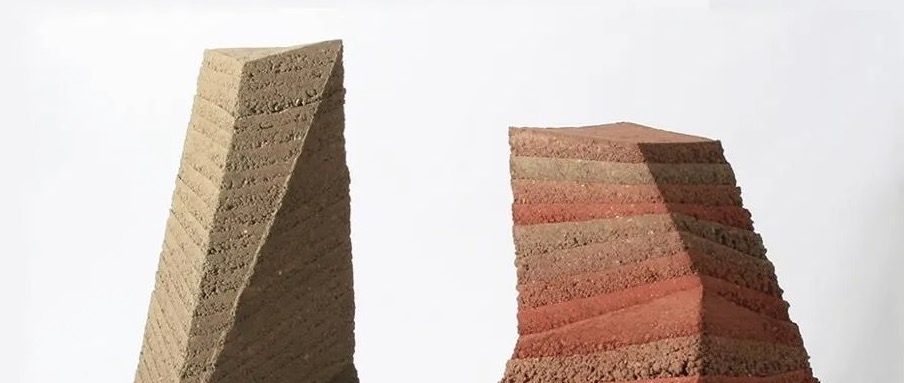
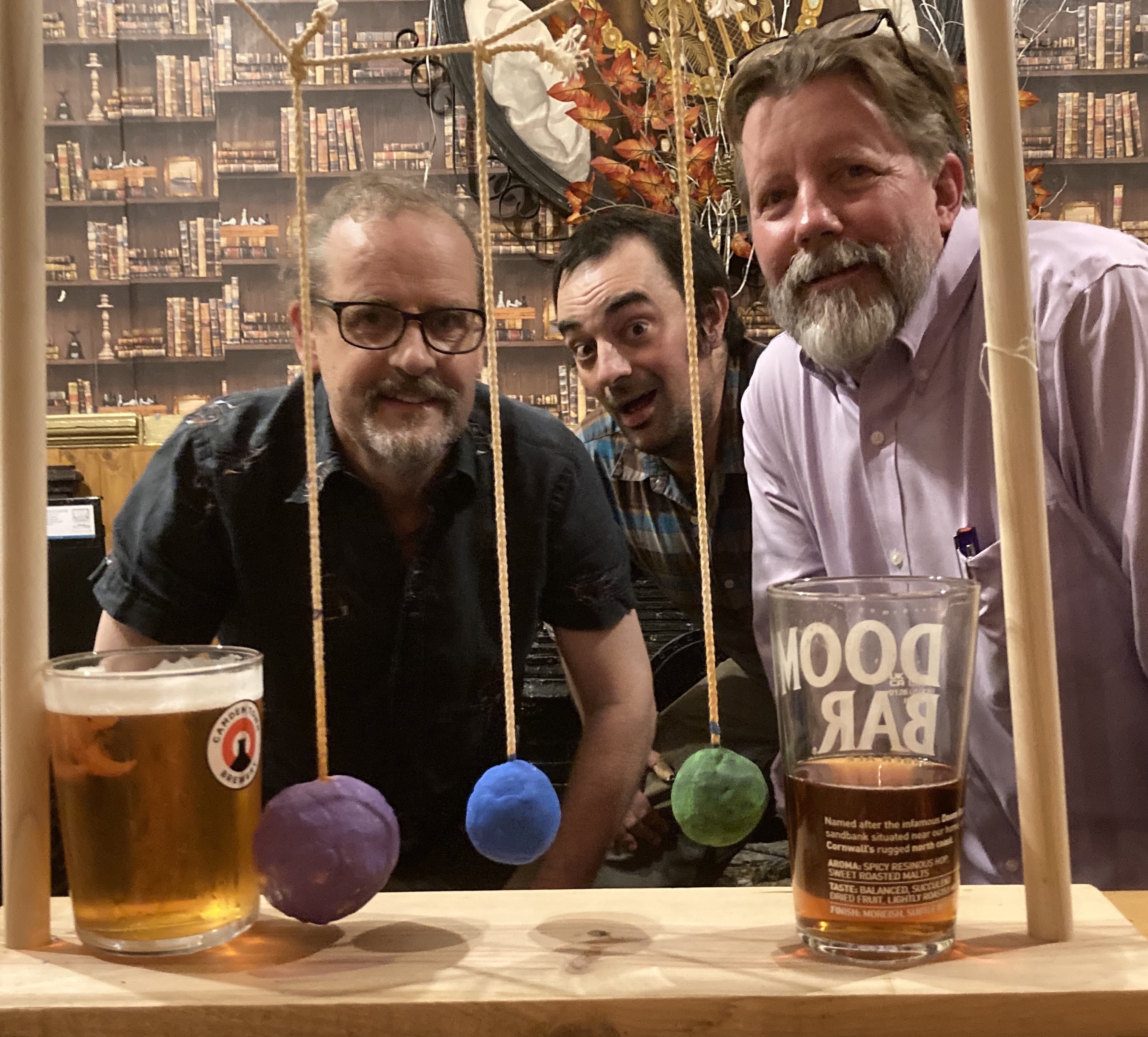


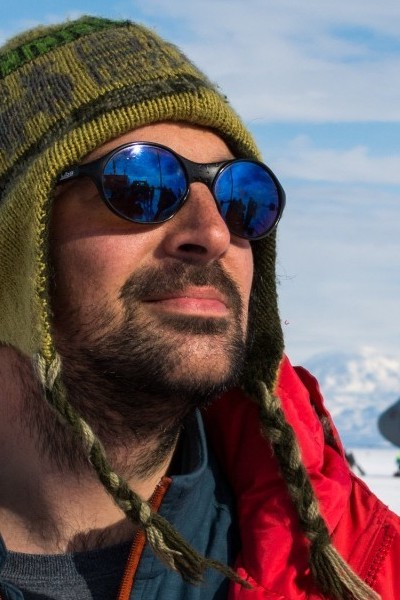 We kick off the new year with somebody who will be familiar to attendees: our very own Mike Lucibella. Mike spent five seasons in Antarctica as editor and photographer of The Antarctic Sun, official paper of the US Antarctic Program.
We kick off the new year with somebody who will be familiar to attendees: our very own Mike Lucibella. Mike spent five seasons in Antarctica as editor and photographer of The Antarctic Sun, official paper of the US Antarctic Program.
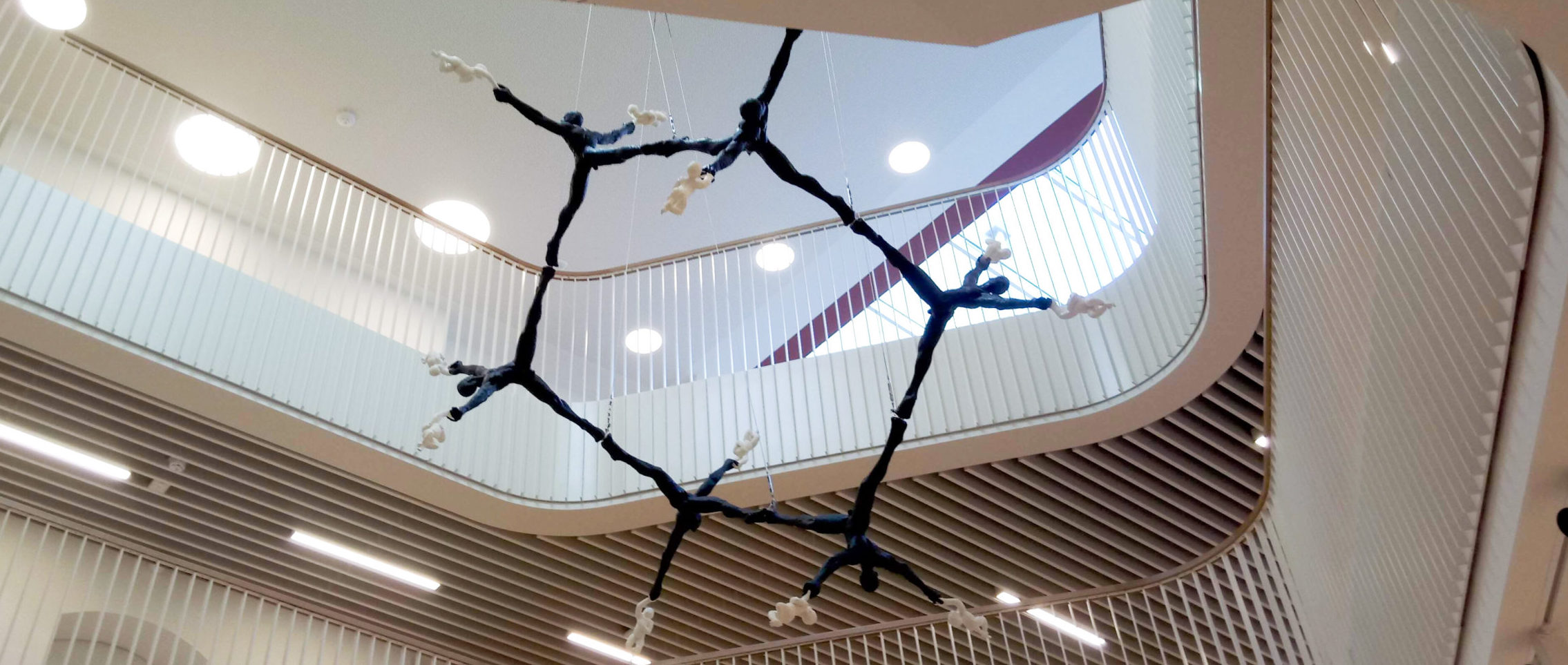

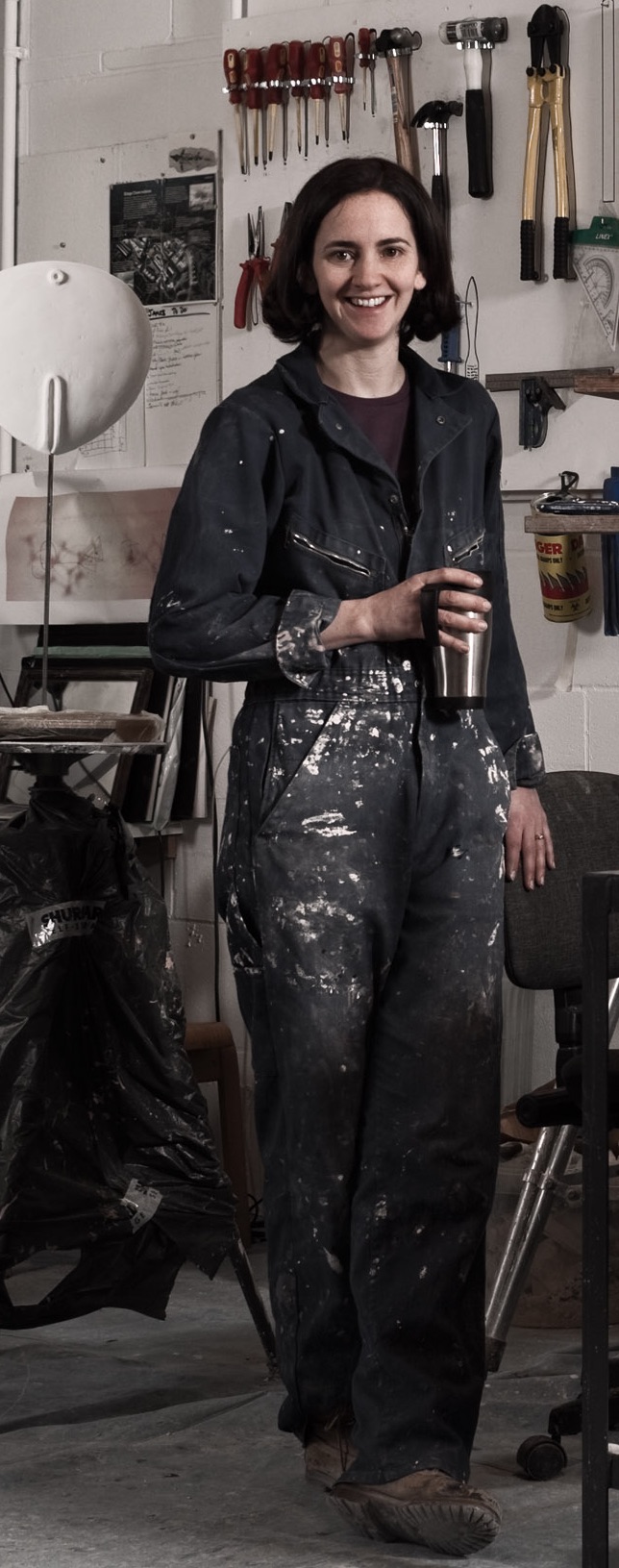

 Mike Williamson is a Post-Doctoral Research Associate at the Institute of Zoology, the research division of the Zoological Society of London (the global conservation organisation best known to children as Regents Park Zoo). He works at the interface of conservation, climate change and biodiversity, seeking to minimise the impact human-activity has on the natural world.
Mike Williamson is a Post-Doctoral Research Associate at the Institute of Zoology, the research division of the Zoological Society of London (the global conservation organisation best known to children as Regents Park Zoo). He works at the interface of conservation, climate change and biodiversity, seeking to minimise the impact human-activity has on the natural world.